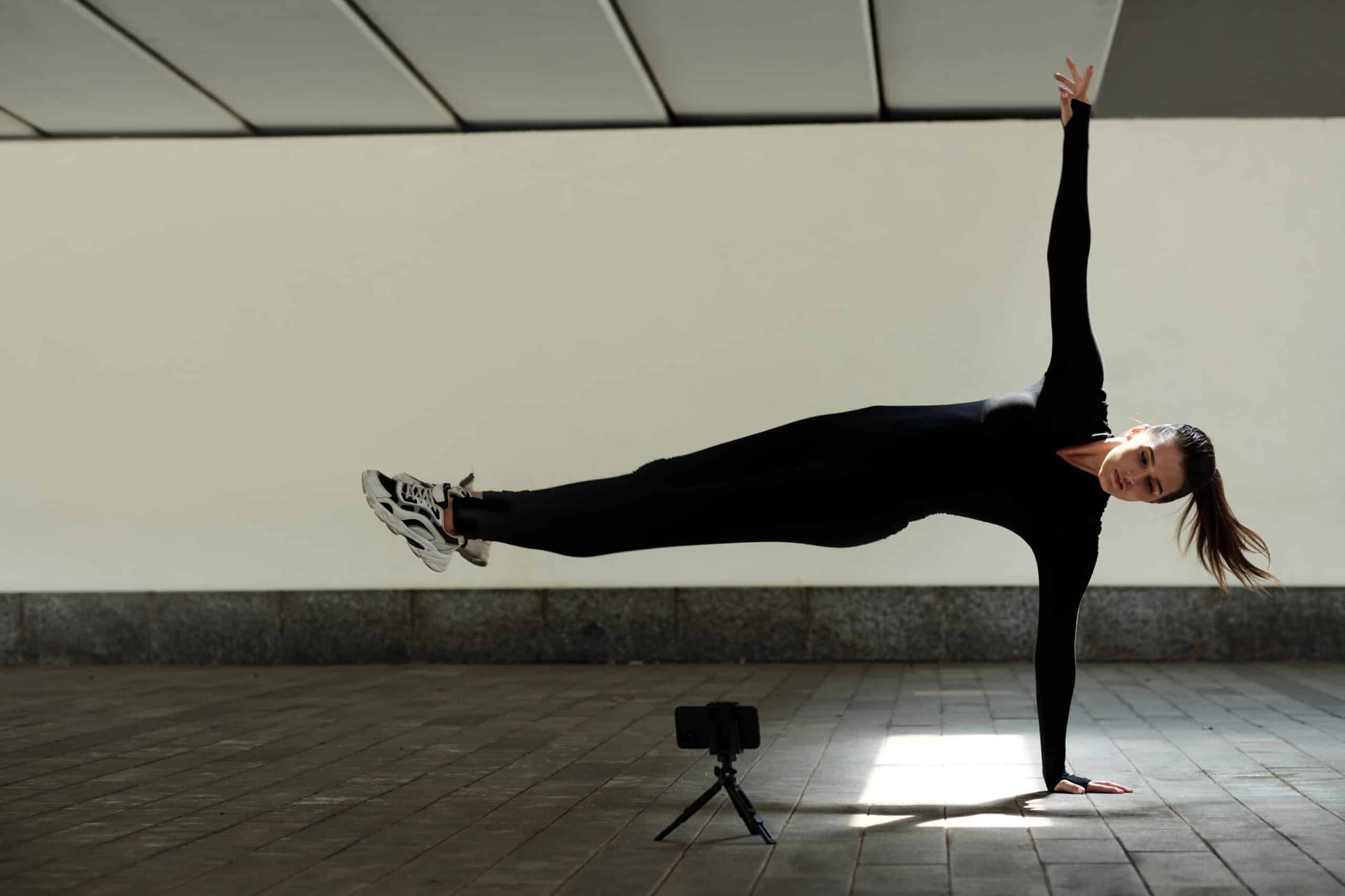In the world of sports, particularly basketball, the ability to perform a high, powerful jump is often the key to a successful dunk. Many factors contribute to an athlete’s jumping ability, including strength, speed, and flexibility. However, the training method known as plyometrics has recently gained prominence for its potential to improve vertical jumps and, consequently, dunking proficiency. This article aims to provide a thorough overview of sport-specific plyometrics, its effects on basketball players’ jumping performance, and its potential implications on training practices.
Understanding Plyometric Training
Plyometrics, also known as "jump training," is a method that involves quick, powerful movements using the muscles’ pre-stretch or counter-movement. By doing so, the muscles generate a strong force, improving the athlete’s speed and power.
Cela peut vous intéresser : How to Develop a Mental Toughness Program for Junior Tennis Players?
Studies indexed on PubMed and Google Scholar suggest that plyometric training can enhance the performance of athletes engaging in sports requiring explosive movements, such as basketball. Plyometrics can be specifically tailored to fit an athlete’s requirements, making it a versatile training option. For instance, basketball players can focus on exercises that improve vertical jumps, a critical factor in dunking.
The Influence of Plyometrics on Vertical Jumps
Basketball players often use their vertical jumping (VJ) ability to their advantage. Whether it’s shooting, rebounding, or performing a spectacular dunk, the ability to jump high is crucial. Enter the countermovement jump (CMJ) – the most common vertical jump in basketball.
A voir aussi : What Are the Key Nutritional Considerations for Adolescent Baseball Pitchers?
Several studies have shown the effectiveness of plyometric training in improving CMJ performance in basketball players. A study by The Journal of Strength and Conditioning Research shows that a group of athletes who underwent plyometric training for eight weeks significantly improved their CMJ height compared to a control group that did not.
In another study found on PubMed, basketball players who integrated plyometric exercises into their regular training routine had a greater increase in their vertical jump height compared to those who only practiced traditional basketball drills.
Specific Plyometric Exercises for Basketball Players
Even though plyometric training can be beneficial, basketball players should not jump into this training method without understanding the specific exercises that will help them enhance their dunking ability.
The Drop Jump is one of the most effective plyometric exercises for basketball players. It involves standing on a box or platform, stepping off, landing, and then immediately jumping straight up. This exercise not only improves vertical jumping ability but also increases lower body strength.
Another beneficial exercise is the Depth Jump. This involves jumping off a box or platform, landing on the ground, and then immediately jumping straight up. This exercise is particularly useful because it mimics the action of jumping repeatedly, as basketball players often do during a game.
The Potential Risks and Benefits of Plyometric Training
Like any training method, plyometric training comes with its fair share of potential risks and benefits. Before incorporating this form of training into your regimen, it’s essential to understand both sides of the coin.
Plyometric training can lead to significant improvements in jump performance, power, and strength. This can give basketball players a clear edge over their competition on the court. However, it’s also important to note that plyometric training can be intense and physically demanding. This means that it’s crucial to approach this training method with caution, as improper technique or overuse can lead to injuries.
Despite the risks, many believe that the benefits of plyometric training far outweigh the potential drawbacks. When performed correctly and safely, plyometric training can be an invaluable tool for enhancing the dunking abilities of basketball players.
Theory into Practice: Implementing Plyometric Training
Implementing plyometric training into your basketball regimen may seem daunting, but it doesn’t have to be. With the right guidance and approach, you can gradually incorporate plyometrics into your training and start reaping the benefits.
To begin, it’s recommended to consult with a certified trainer or coach who is knowledgeable about plyometric training. They can guide you on the correct techniques, ensure your safety, and help tailor a training program that aligns with your specific needs and goals. Start with simple exercises and gradually progress to more intense ones as your strength and capability improve.
Remember, consistency is key in any training regimen. The results may not be instantaneous, but with time, dedication, and perseverance, the positive effects of plyometric training on your dunking ability will become apparent.
In conclusion, sport-specific plyometric training can be a game-changer for basketball players looking to improve their dunking ability. With an understanding of how plyometrics works and the right approach, you can incorporate it into your training routine to enhance your jump performance and get that edge on the court.
The Science Behind Plyometric Training
The science behind plyometric training is relatively straightforward and is rooted in the stretch-shortening cycle (SSC). The SSC involves a pre-stretch or "loading" phase, where the muscle lengthens, followed by a shortening or "unloading" phase, where the muscle contracts and generates force.
In simpler terms, the SSC is like a spring action. The more you stretch a spring (the loading phase), the more energy it stores. And when you release the spring (the unloading phase), it snaps back with a great deal of force.
Plyometric exercises mimic this action, effectively training the muscles to store and release energy more efficiently, which in turn enhances power and speed. This principle is evident in many basketball actions, such as the vertical jump or countermovement jump, making plyometrics a potentially valuable addition to a basketball player’s training regimen.
Although plyometrics can be a crucial tool in improving a player’s jump height and overall jump performance, it’s essential to approach it scientifically. A publication bias can occur if only the successful results are highlighted, and failed attempts are ignored. Therefore, it’s important to consider all available data, including PubMed, Google Scholar, and Sports Med articles, when assessing the overall impacts of plyometric training on dunking ability in basketball.
From Plyometrics to Dunk: The Transition
Plyometric training’s purpose is to increase the power and speed of the muscles, leading to improvements in jump performance. However, is there a direct correlation between plyometrics and an improved dunking ability in basketball?
The answer, according to many studies, seems to be a resounding yes. By improving the muscles’ efficiency through plyometric exercises, basketball players can achieve higher vertical jumps, which is a critical component of a successful dunk.
However, it’s not enough to simply perform plyometric exercises. To translate these improvements into actual dunking ability, players must also incorporate sport-specific movements into their training. Practicing the dunk movement while increasing the jump height can help players apply their enhanced muscle power to the actual sport situation.
But, as with any training program, it’s essential to monitor the progress. One way to do this is through a meta-analysis. By gathering and analyzing multiple studies, a meta-analysis can provide a more comprehensive picture of plyometric training’s effectiveness on dunking ability, helping trainers and players to adjust their programs as necessary.
Conclusion
In conclusion, sport-specific plyometric training appears to be a promising method for improving dunking ability in basketball. By focusing on exercises that enhance the efficiency of the stretch-shortening cycle, basketball players can significantly improve their jump performance and, consequently, their dunking ability.
However, it’s important to approach plyometric training with caution. Due to its intense nature, improper practice can lead to injuries. Therefore, consulting with a certified coach or trainer and tailoring a specific training program is recommended.
Taking a scientific approach to plyometric training – considering all available data, monitoring progress through meta-analysis, and translating improvements into sport-specific movements – can help players get the most out of their training.
So, while plyometrics may not be the only key to a powerful dunk, it certainly seems to be a major player in the game.






